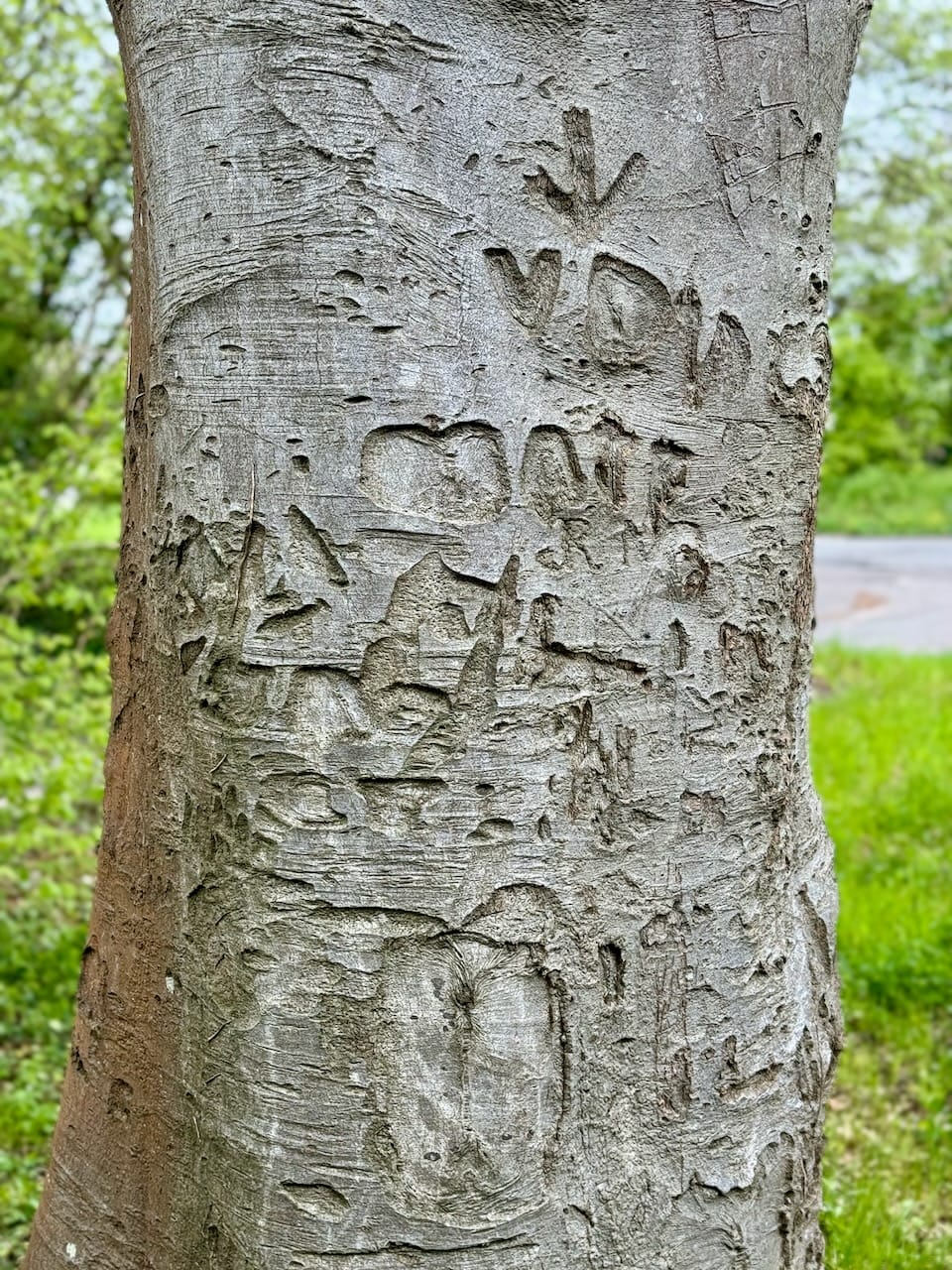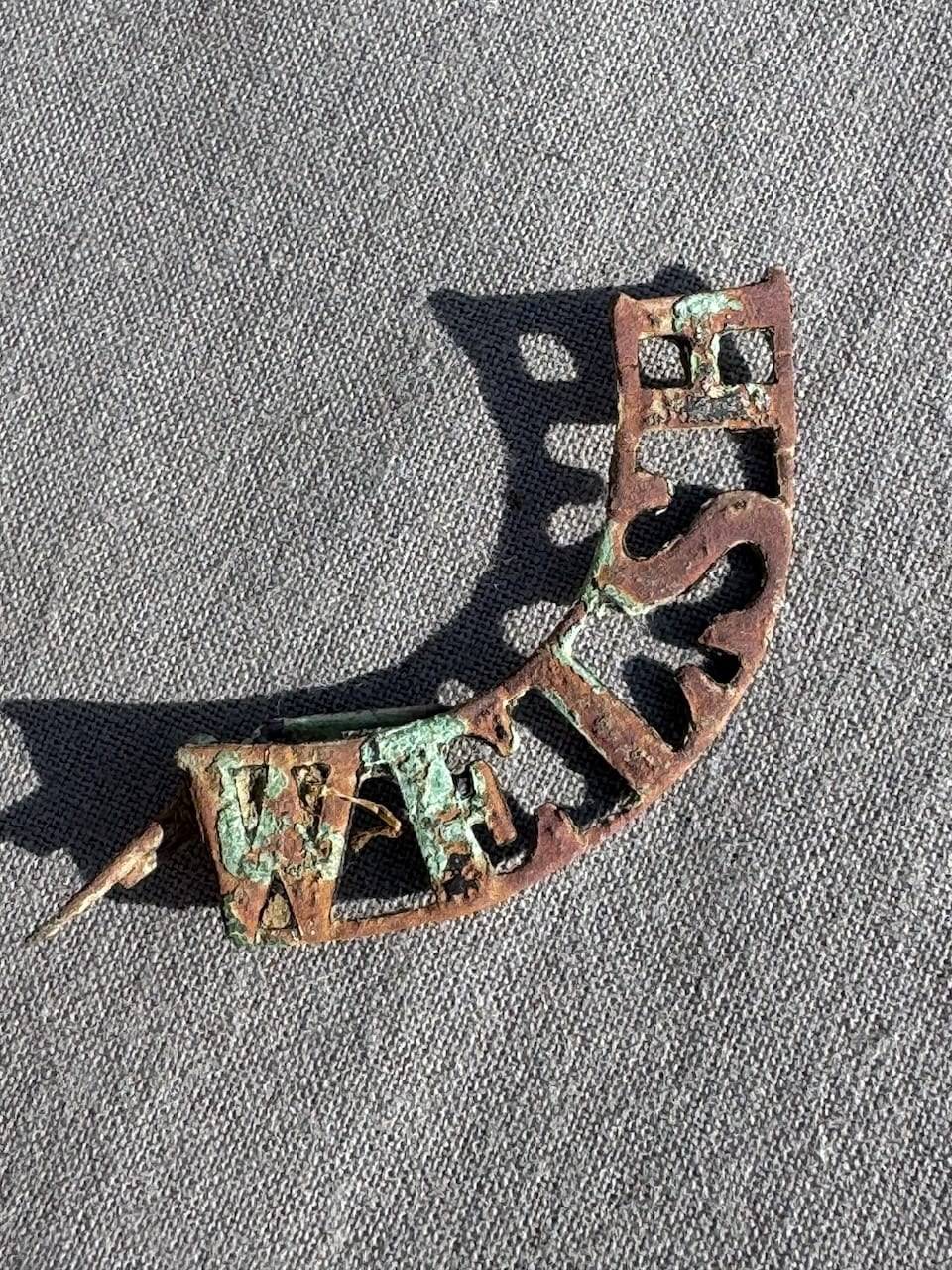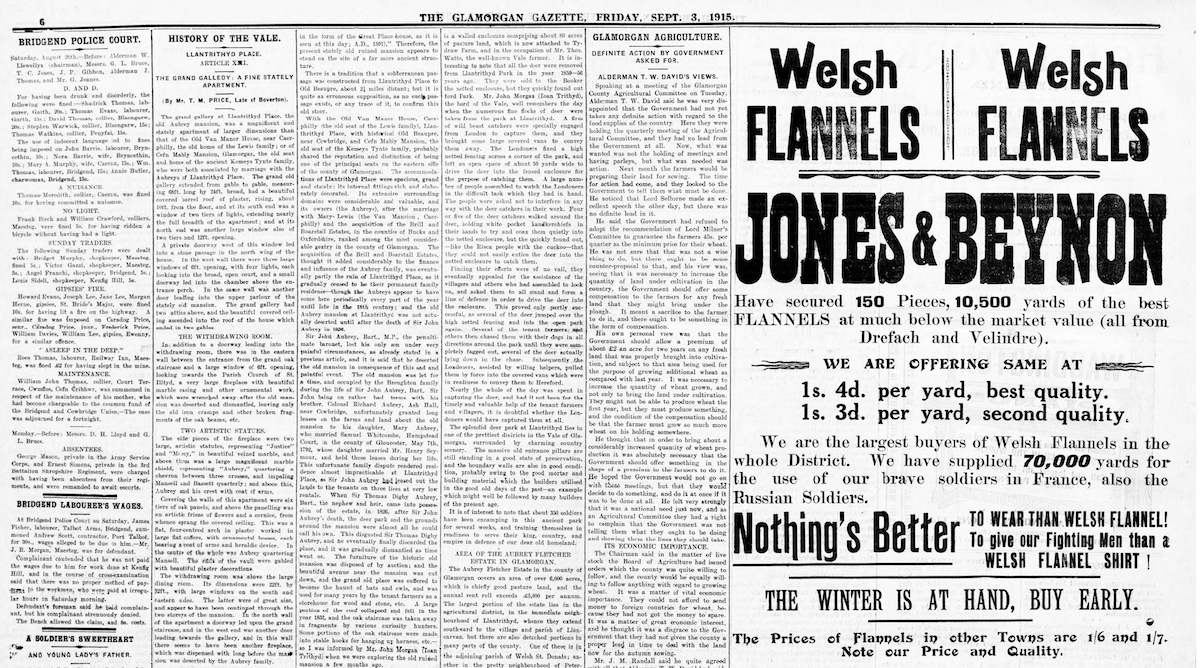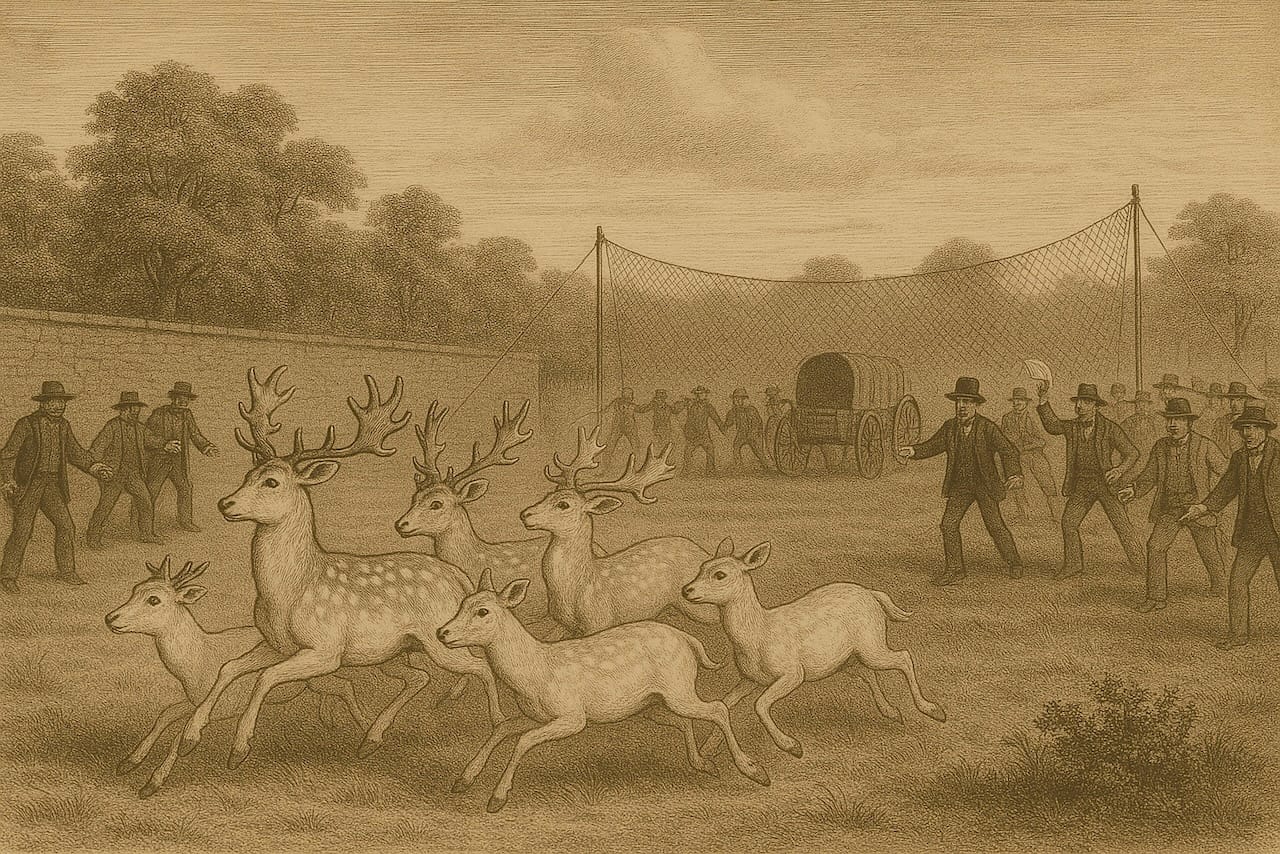In a fascinating fragment of local memory from an issue of the Glamorgan Gazette in September 1915, a vivid account exists of how, back in 1859, the deer were driven from the Llantrithyd Deer Park. The narrative is drawn from the recollections of John Morgan, better known by his bardic name Ioan Trithyd. He was widely esteemed in the Vale as “the Bard of the Vale,” a poet-farmer who adopted a literary pseudonym tied to his home parish.
A firm of "wild beast" catchers rounded up the deer brought specially from London, who attempted to coax the animals into a netted enclosure. When this proved impossible, the task fell to local farmers and villagers, who, with dogs and sheer persistence, helped exhaust and drive the deer, enabling them to be forced into covered vans for their journey to Herefordshire. Without such local assistance, the London catchers would likely have failed.
The “Booker” that the article refers to as the person to whom the deer were sold was most certainly Thomas William Booker (later Booker-Blakemore), an industrialist and Conservative MP for Herefordshire. His family seat was Wyastone Leys, near Monmouth, where his uncle Richard Blakemore had created a deer park on Little Doward Hill. It was here, in the landscaped parkland above the Wye Valley, that the fallow deer from Llantrithyd were taken after their dramatic removal in 1859.
The article concludes by saying:
"About 350 soldiers have been encamping in this ancient park for several weeks, and training themselves in readiness to serve their king, country, and empire in defence of our dear old homeland."
Since the publication date was 1915, this reference would pertain to the First World War (1914–1918) and substantiates the graffiti and metal detector finds made around the park.


Wartime graffiti (left) and a WWI Welsh Regiment shoulder badge found on the park.
Original article from Glamorgan Gazette, 3rd September 1915:

The picturesque old deer park at Llantrithyd is a walled enclosure comprising about 80 acres of pasture land, which is now attached to Ty-draw Farm, and in the occupation of Mr. Thos. Watts, the well-known Vale farmer.
It is interesting to note that all the deer were removed from Llantrithyd Park in the year 1859—56 years ago. They were sold to the Booker the netted enclosure, but they quickly found out ford Park. Mr. John Morgan (loan Trithyd), the bard of the Vale, well remembers the day when the numerous fine flocks of deer were taken from the park at Llantrithyd.
A firm of wild beast catchers were specially engaged from London to capture them, and they brought some large covered vans to convey them away. The Londoners fixed a high netted fencing across a corner of the park, and left an open space of about 50 yards wide to drive the deer into the fenced enclosure for the purpose of catching them.
A large number of people assembled to watch the Londoners in the difficult task which they had in hand. The people were asked not to interfere in any way with the deer catchers in their work. Four or five of the deer catchers walked around the deer, holding white pocket handkerchiefs in their hands to try and coax them quietly into the netted enclosure, but they quickly found out—like the Risca people with the cuckoo—that they could not easily entice the deer into the netted enclosure to catch them.
Finding their efforts were of no vail, they eventually appealed for the assistance of the villagers and others who had assembled to look on, and asked them to all stand and form a line of defence in order to drive the deer into the enclosure. This proved only partly successful, as several of the deer jumped over the high netted fencing and into the open park again.
Several of the tenant farmers and others then chased them with their dogs in all directions around the park until they were completely fagged out, several of the deer actually lying down in the chase. Subsequently the Londoners, assisted by willing helpers, pulled them by force into the covered vans which were in readiness to convey them to Hereford.
Nearly the whole of the day was spent in capturing the deer, and had it not been for the timely and valuable help of the tenant farmers and villagers, it is doubtful whether the Londoners would have captured them at all.
The splendid deer park at Llantrithyd lies in one of the prettiest districts in the Vale of Glamorgan, surrounded by charming country scenery. The massive old entrance pillars are still standing in a good state of preservation, and the boundary walls are also in good condition, probably owing to the good mortar and building material which the builders utilised in the good old days of the past—an example which might well be followed by many builders of the present age.
It is of interest to note that about 350 soldiers have been encamping in this ancient park for several weeks, and training themselves in readiness to serve their king, country, and empire in defence of our dear old homeland.
Link to archive: https://newspapers.library.wales/view/3886244/3886250/60/thomas%20hill

